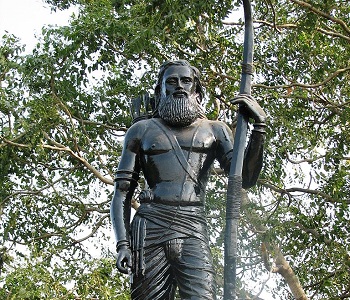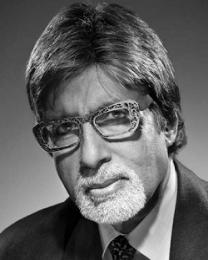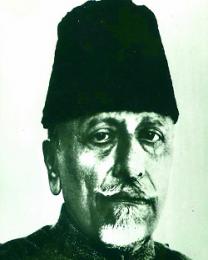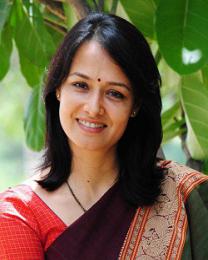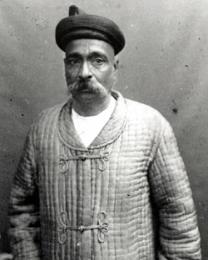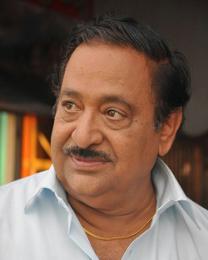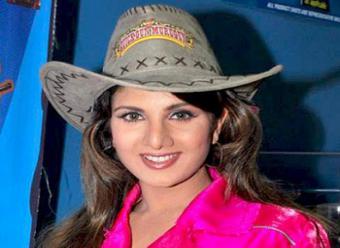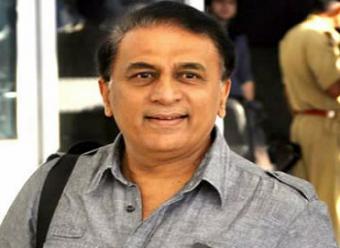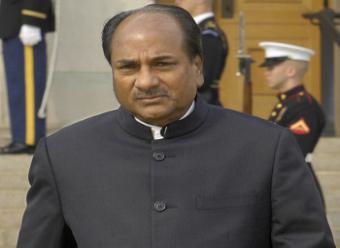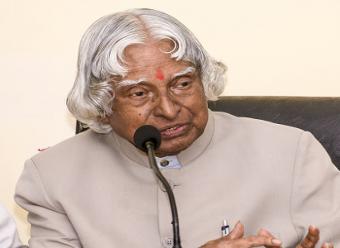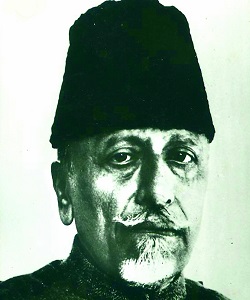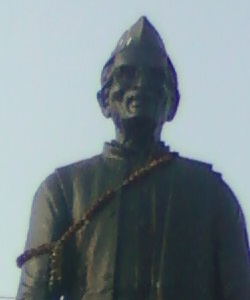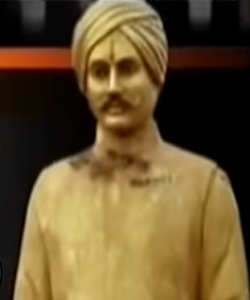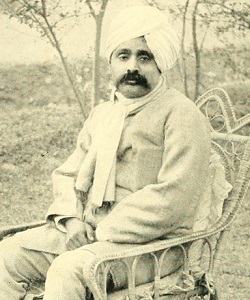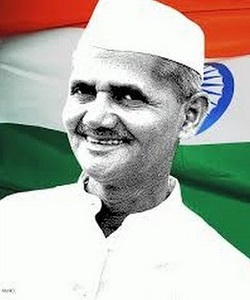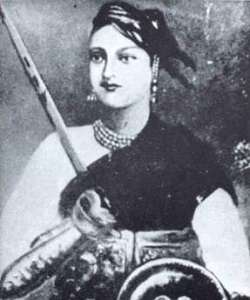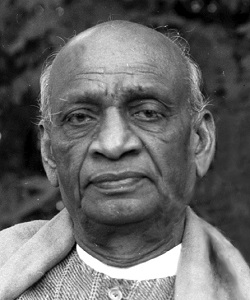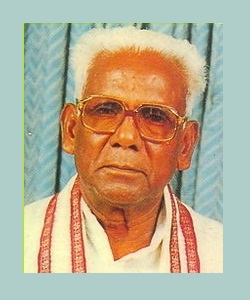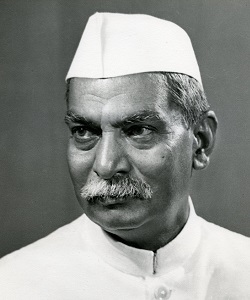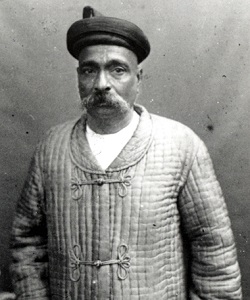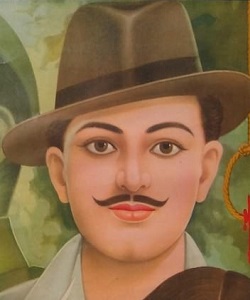Actual Name : Aluri Rampa Rama Raju, Rama Chandra Raju
Date of birth : 07/07/1897
Place of birth : Mogallu village, West Godavari district, India
Category : Freedom Fighters
Early Career
Alluri Sita Rama Raju's father died when he was in school and he grew up in the care of his uncle 'Rama Krishnam Raju', a tehsildar in Narsapur in the West Godavari district. He studied at 'Taylor High School' in Narsapur then moved to Tuni along with his mother, brother and sister. While there, Alluri visited areas of the Visakhapatnam district and became familiar with the needs of the indigenous people. At the age of 15, he moved to his mother's home town of Vishakhapatnam and enrolled at Mrs. A.V.N. College. He was dropped out of college after failing in the fourth form (Std. IX).
Rampa Rebellion
Raju led a protest movement in the border areas of the East Godavari and Visakhapatnam districts of Andhra Pradesh. Inspired by the patriotic zeal of revolutionaries in Bengal, Raju raided police stations in and around Chintapalle, Rampachodavaram, Dammanapalli, Krishna-devi-peta, Rajavommangi, Addateegala, Narsipatnam and Annavaram. Raju and his followers stole guns and ammunition and killed several British army officers, including Scott Coward near Dammanapalli. In December 1922, the British deployed a company of Assam Rifles, near Pegadapalle under the leadership of Saunders. Raju, who had by then gone underground, resurfaced after about four months and continued the fight, strengthened by tribal volunteers using bows and arrows under the leadership of 'Gam Mallu Dora' and 'Gantam Dora'.
The British campaign lasted for nearly a year from December 1922. Rama Raju was eventually trapped by the British in the forests of Chintapalli then tied to a tree and shot dead with a rifle in Mampa village. Following the martyrdom of Alluri, the tribal revolt lost its momentum and petered out by October 1923. Police officer Mr. N. Gnaneswara Rao responsible for Raju's entrapment was awarded Rao Bahadur. Alluri Sita Ramaraju tomb is present in Krishna devi peta village.
Alluri Army
Alluri’s Army raided Chintapalli Police Station, on 23rd Krishnadevipeta Police Station, and on 24th Rajavommangi and captured a good number of guns, bayonets and cartridges and swords. He set free the revolutionary, Veerayya Dora from jail. The British Army got alerted and platoons of Police and Army were sent to capture Setarama Raju. At Peddavalassa, Raju attacked the British Army. They were defeated during this battle and suffered very heavy casualties and retreated. From That day onwards there was a regular warfare between Raju and the Britishers. Raju came out triumphant in all.
Legacy
Today a statue of Raju stands at the junction of Seethammadhara Junction and The Park in Visakhapatnam. The Indian Postal Department issued a commemorative stamp on Sri Alluri Seetarama Raju in the series ‘India’s struggle for freedom’ in 1986. A Telugu movie was made about Raju’s life, entitled Alluri Sita Rama Raju. Krishna starred as Raju and V. Rama Chandra Rao directed the film. The popular song ‘Telugu Veera Levara’ was included in this film and has inspired generations of the Telugu Community. Mantena Satya Narayana Raju a dietician and an Ayurvedic Consultant is a relative of Sri Alluri Sitarama Raju. The only photograph of him, which was taken after his death is preserved in the A.P. State Archives, Hyderabad.


